Here’s what to feed that healthy bacteria living in your digestive system
I learned about probiotics a while ago — they are the good bacteria and yeasts that live in your digestive system.
You can strengthen your store of probiotics by eating fermented foods like yogurt, pickles, and sauerkraut and drinking kombucha and kefir. You can also take probiotic supplements.
Once I found out how important probiotics were, I started eating yogurt for breakfast and pickles with my lunch. I’ll have sauerkraut once in a while — it’s popular here in Pennsylvania, after all. And every so often I’ll drink kombucha.
After you build a solid level of healthy bacteria in your gut, what comes next? You have to feed that bacteria to keep it healthy. That’s where prebiotics come in.
I only learned about prebiotics recently. They are compounds that help the healthy bacteria grow — kind of like the food that feeds the probiotics. You can find them in a lot of common foods that you’re probably already eating.
According to Amy Myers, MD, author of The Autoimmune Solution and The Thyroid Connection, prebiotics can:
- Support your digestive function and reduce the risk of gut infections
- Support immune function and reduce your risk of autoimmune disease
- Support a healthy inflammatory response
- Balance your metabolism
- Balance your hormones, boost your mood, and relieve stress
- Impact weight loss
Garlic
A study published in Food Science and Human Wellness found that a component in garlic, called garlic fructan, stimulated the growth of a healthy bacteria called Bifidobacteria. It concluded that garlic may help prevent some gastrointestinal diseases.
How to eat garlic
Garlic is inexpensive and easy to find at grocery stores and farmers’ markets. Raw garlic is best, according to Cleveland Clinic, so if you’re cooking with it, add it at the end so it doesn’t get heated up too much and lose nutrients.
You can also mince it and add it to a salad, mix it into a topping or marinade like chimichurri, or add it to hummus.
Onions
Compounds found in onions called fructo-oligosaccharides (FOS) can improve microbial activity in the gut, according to research published in the Journal of Physiology and Biochemistry.
How to eat onions
Like garlic, onions are inexpensive and easy to find just about anywhere. They store well, so you don’t need to worry too much about them getting spoiled.
You can eat onions raw or cooked. Add raw onions to salads or sandwiches. Soak them in ice water or vinegar for 10 to 15 minutes if their taste is too strong.
To cook onions, saute, or grill them as a side dish. Roast them with other veggies with a little salt for a nutrient powerhouse. Or cook up a comforting bowl of French onion soup.
Asparagus
Asparagus contains the prebiotic inulin, reports Current Developments in Nutrition. Inulin can help you absorb minerals and can promote a healthy immune system.
How to eat asparagus
To get the most prebiotic benefit from your asparagus, eat it raw. You can dip asparagus stalks in hummus.
If you find the stalks too fibrous, you can shave off curls from the stalk and add them to a salad or blend them into a smoothie.
Apples
A lot of the fiber in apples is pectin, which works as a prebiotic. Pectin may help your gut fight inflammation, according to the journal FEMS Microbiology Ecology.
How to eat apples
Like most fruit, you can just eat apples straight from your hand. What could be easier? You can also dip apple wedges in peanut butter, bake apples and sprinkle with cinnamon, or make applesauce.
Wheat bran
Wheat bran is the outside layer of whole-wheat grain. More than 60% of its fiber is a type of fiber that supports a healthy bacteria called Bifidobacteria, according to a study published in the journal Nutrition.
How to eat wheat bran
Start small. Your gut has to get used to the fiber in wheat. Sprinkle it over oatmeal, mix it in with yogurt, or add it to a smoothie. You can also make your own healthy bran muffins.
More prebiotic foods to try
There are lots of other foods that are high in prebiotics and good for your gut. I wouldn’t label any foods as “weird.” It all depends on your taste, diet, and culture. Andrew Zimmern featured ray oysters on an episode of Bizarre Foods, and they are a perfectly reasonable thing to eat, in my opinion.
These are high-prebiotic foods I don’t typically eat:
- Lots of roots — chicory, jicama, konjac, burdock, and yacon
- Dandelion greens
- Jerusalem artichoke
- Barley
- Flaxseeds
But now that I know how good prebiotics are for me, maybe it’s time to give them a try!
Related
























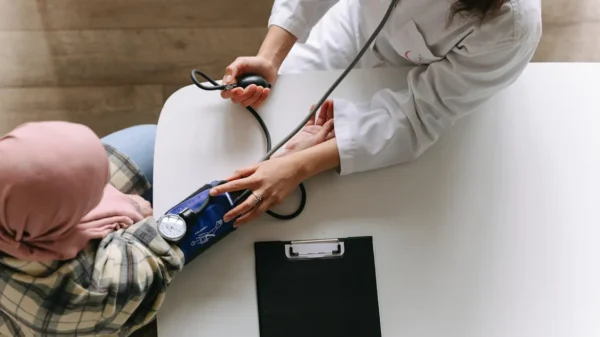

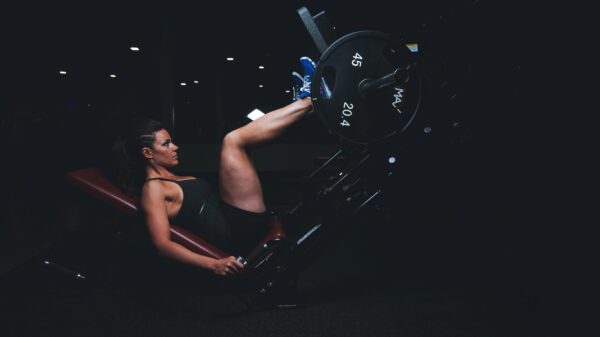
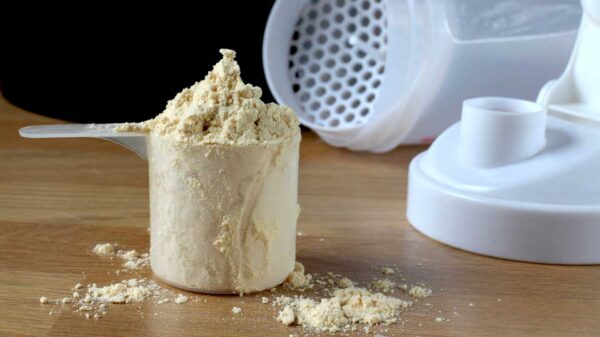






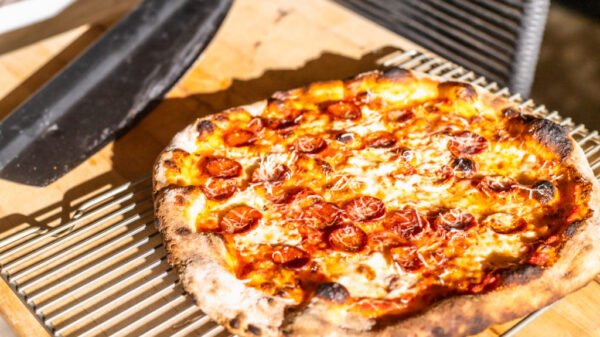
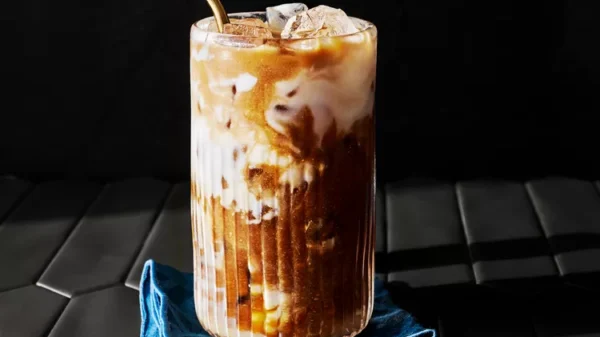
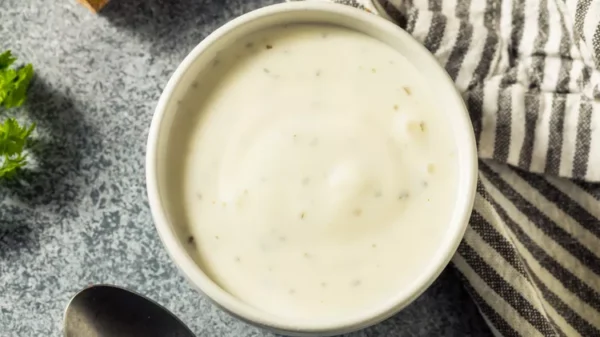
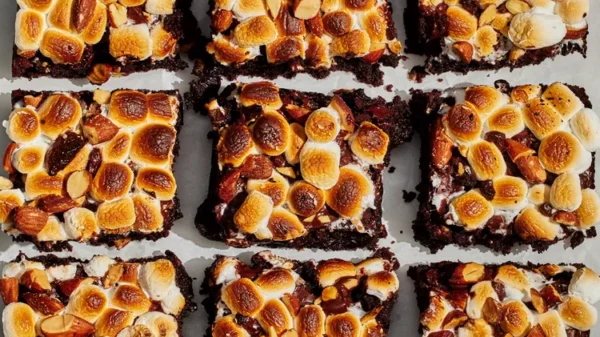
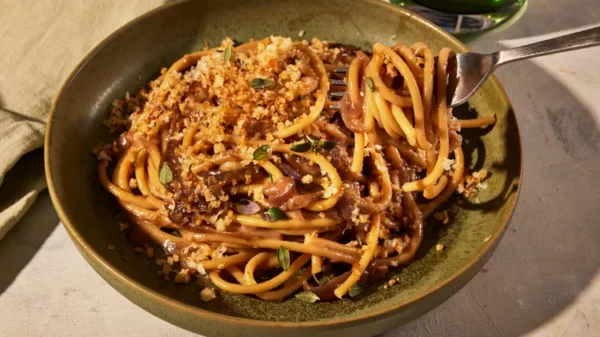










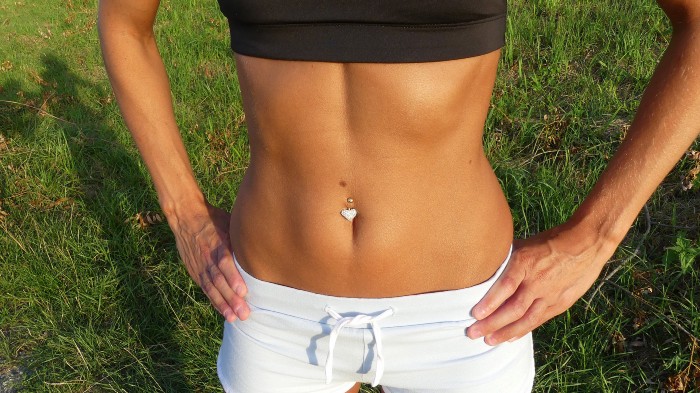




You must be logged in to post a comment Login